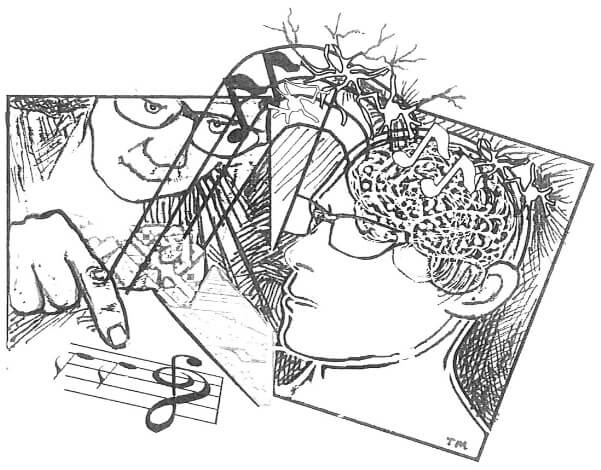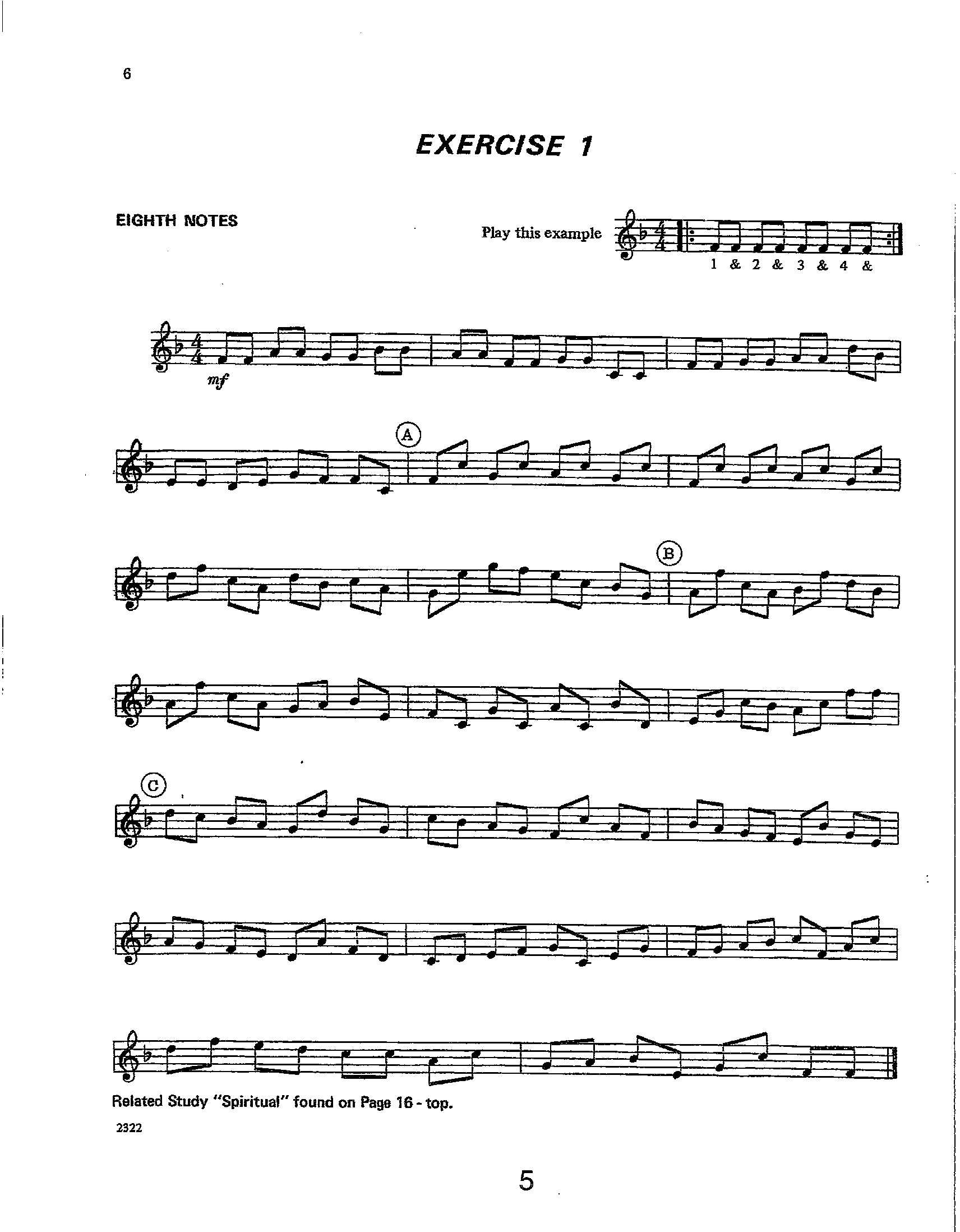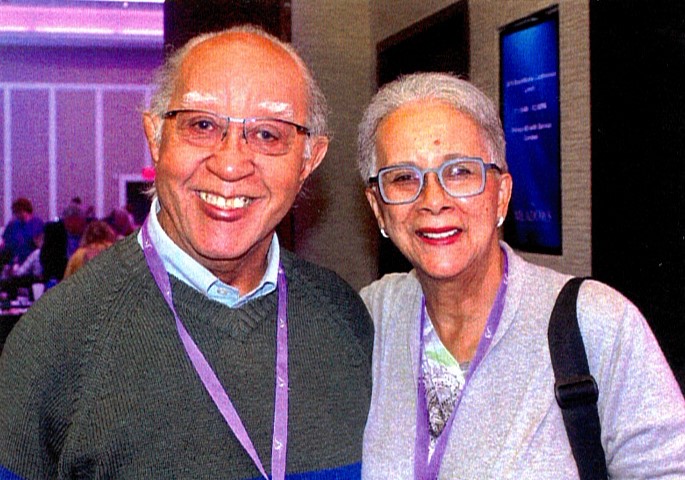In 1995 I was the band director at B-G-M in Brooklyn, Iowa. The school district was comprised of three communities – Brooklyn, Guernsey, and Malcom. While trying to improve the reading ability of band members, I wrote out music worksheets which could be used by students in grades 7-12. For their weekly band lessons, students would play a different worksheet comprised of a single rhythmic figure. (Examples of rhythmic figures would be two eighth notes, fours sixteenth notes, a dotted quarter followed by an eighth note.)
The band’s reading ability improved in such a short period of time that the pep band was invited to introduce music for the first time at the Iowa Girls High School Basketball Tournament in 1966. The tradition carries on as of this day - March, 2019.
Celebrating 50 Years of Pep Bands at the State Basketball Tournament

Music and entertainment have gone hand-in-hand with the Iowa Girls’ State Basketball for many years. 2016 marks the 50th year that a pep band played at the state tournament.
In March of 1966, the BGM pep band, under the direction of Roger Maxwell, was invited to play in the opening round of the tournament by then-IGHSAU Executive Secretary E. Wayne Cooley. The band played both the afternoon and evening sessions of the tournament.
Because of the positive overall experience I had teaching in the B-G-M school district, in 1972 – 73, I conducted a pilot study in Iowa which involved 18 high school bands. The purpose of the study was to see whether bands could improve their reading ability by concentrating their practice to one rhythmic figure per week. The bands used my pre-publication book titled “Fourteen Weeks to a Better Band”.

Results of the Pilot Study
The below chart indicates a comparison of reading errors by the nine RAM bands and nine ARM bands during their INITIAL readings of “A JUBILANT OVERTURE.”
| RAM Bands | ARM Bands | Reduction % |
|---|---|---|
| 36 | 16 | 44 |
This major reduction of reading errors by 44% by the ARM bands occurred when the music was exchanged midway through the study. This means that the reading ability of the ARM bands improved significantly during the first seven weeks of the study. When the music was exchanged midway through the study, the RAM bands averaged four reading errors in contrast to the nine errors made by the ARM bands in their INITIAL reading of “THIRD SET FOR BAND.”
The below chart again shows this comparison of reading errors by both bands during their INITIAL readings of “Third Set for Band.”
| RAM Bands | ARM Bands | Reduction % |
|---|---|---|
| 4 | 9 | 44 |
Again, this represented an overall reduction of 44 percent.
How It All Comes Together
The below illustration shows a student observing two eighth notes. The illustration indicates, in the simplest terms, as to how the two eighth notes become permanently embedded in the brain:
- The eyes see two eighth notes on the staff.
- This information is sent to a waiting neuron in the brain which comprehends what the eye has sent.
- A waiting synapse receives the information from the neuron and transmits the information (two eighth notes) to a receiving synapse via an electrical current.
- A receiving neuron accepts this information from the sending synapse.

Now, consider this simple explanation, the interplay between neurons and synapses, to be multiplied by one million (1,000,000) to two hundred million (200,000,000) or more neurons and synapses. This process (the playing/singing of two eighth notes over and over through lessons, practice, rehearsals and concerts) allows the eighth notes to become again, permanently embedded in the brain for the remainder of a person's lifetime.
Dr. Daniel T. Tranel, Senior Neurologist, Department of Neurology at the University of Iowa Hospitals and Clinic in Iowa City Iowa assisted me in understanding the role which the basal ganglia and cerebellum play in receiving and remembering rhythmic figures.
Illustration
The below illustration shows eighth notes being transmitted via memory circuits to the basal ganglia and cerebellum. These two organs utilize the best neutral memory system within the brain. The training approach utilized by the “14 Weeks to a Better Band” book involves the use of psychomotor repetition to support sight reading in music instrument playing. This approach will tend to create more indelible, firmly etched neutral memory traces that are less prone to error and forgetting.

The Eleven Basic Rhythmic Figures found in
|
||||||||||||
| Number and use of rhythmic figures by week | ||||||||||||
| RHYTHM | WEEK | TOTAL | ||||||||||
| 1 | 2 | 3 | 4 | 5 | 6 | 7 | 8 | 9 | 10 | 11 | ||
| 1067 | 112 | 266 | 147 | 210 | 70 | 70 | 161 | 119 | 84 | 77 | 2383 | |
| 819 | 819 | |||||||||||
| 588 | 588 | |||||||||||
| 567 | 567 | |||||||||||
| 504 | 504 | |||||||||||
| 553 | 553 | |||||||||||
| 497 | 497 | |||||||||||
| 413 | 413 | |||||||||||
| 497 | 497 | |||||||||||
| 378 | 378 | |||||||||||
| 553 | 553 | |||||||||||
| Total: | 1067 | 931 | 854 | 714 | 714 | 623 | 567 | 574 | 616 | 462 | 630 | 7752 |
| Grand Total | ||||||||||||
The above numbers are based upon each exercise and related study being played once a day to develop sight reading improvements.


Roger and Arenda Maxwell

Roger Maxwell graduated from the University of Northern Iowa (formerly known as the Iowa State Teachers College) where he was one of the founding fathers of the “Dimensions in Jazz” program. In May 2016, he was inducted into the University's School of Music's Jazz Hall of Fame.
He served as a trombonist, rehearsal conductor and arranger for the U.S. Army Band of the Pacific while stationed in Honolulu, Hawaii.
While teaching in Brooklyn, Iowa, his pep band introduced music to the Iowa High School Girl's State Basketball Tournament in 1966.
He is the author of many instructional works including “14 Weeks to a Better Band” – Books 1 and 2, “Fourteen Weeks to an Improved Band”, “Twelve Weeks to a Better Jazz Ensemble”, “Innovations in Jazz”, and “Sing a New Song”.
In 1982, he conducted “Everyone Sings the Messiah” at the Des Moines Civic Center. This unrehearsed performance was one of the largest presentations of the “Messiah” in the U.S. with an estimated 2000 singers participating.
In 1999, he and his wife traveled to Japan where he introduced his instructional book “Innovations in Jazz” to bands in the cities of Kofu, Takasaki, Hammamatsu and Shimizu.
The Maxwell’s are the parents of four children and five grandchildren.